The answer to whether you put water in an air purifier is: It depends on the type of air purifier. Most traditional air purifiers that use filters like HEPA do not require or use water. However, some specialized air purifiers, like evaporative air purifiers or those combined with humidifiers, do utilize water. Let’s delve into the different types and clarify when and why water might be needed.
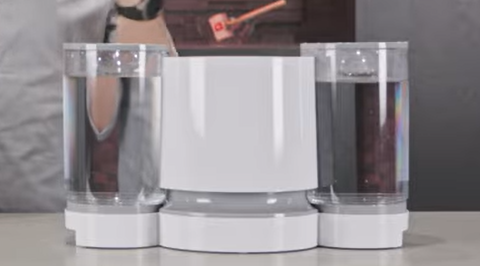
Different Kinds of Air Purifiers and Water
Air purifiers come in various forms, each employing distinct methods to clean the air. Knowing the type you have is crucial to know if it needs water.
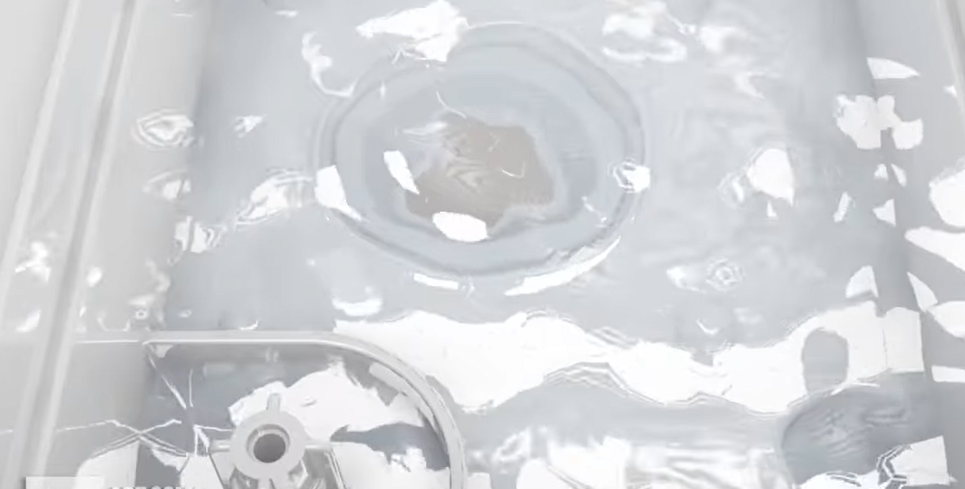
Filter-Based Air Purifiers: The Dry Method
These are the most common types. They work by drawing air through one or more filters that trap pollutants.
- HEPA Filters: These filters capture tiny particles like dust, pollen, and pet dander.
- Activated Carbon Filters: These filters absorb gases, odors, and volatile organic compounds (VOCs).
- Pre-Filters: These filters capture larger particles, extending the life of other filters.
Do filter-based air purifiers use water? No. These units operate entirely without water. Adding water to a filter-based air purifier can damage the filters and the unit’s electrical components, creating a safety hazard.
Evaporative Air Purifiers: Utilizing Water
These less common air purifiers use water to filter the air. Air is drawn through a wet filter or a water reservoir, trapping particles and humidifying the air. These are also sometimes known as water based air purifier.
- How they work: Polluted air passes through a wet filter. The water traps the pollutants, and clean, humidified air is released back into the room.
- Maintenance: They require regular water refills and cleaning to prevent mold and bacteria growth.
Air Purifier Humidifier Combos: Two Jobs in One
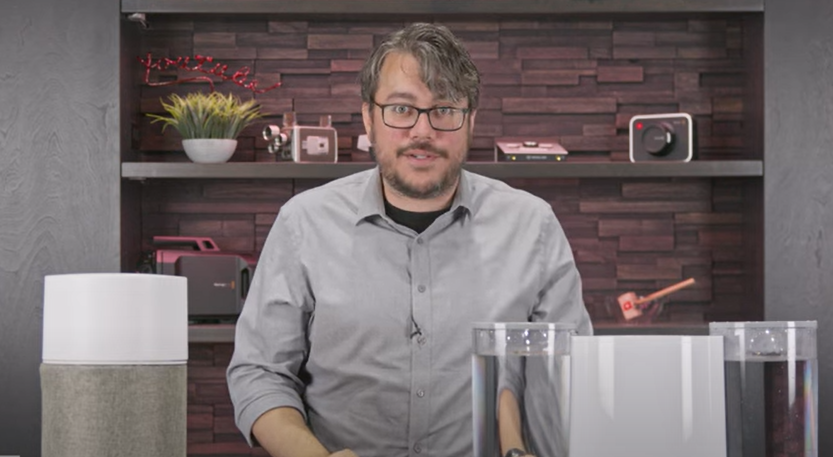
Some devices combine an air purifier with a humidifier. These units cleanse the air like a standard air purifier while also adding moisture.
- Dual Functionality: These devices offer both air purification and humidification in one unit.
- Water Reservoir: They have a air purifier water reservoir that needs to be filled regularly for the humidification function to work.
- Maintenance: Requires diligent cleaning to avoid mold and bacteria in the air purifier water tank.
Air Washers: Washing the Air with Water
Air washers, another less common type, use rotating disks that pass through a water bath. Air is drawn across these disks, and pollutants stick to the wet surface.
- The Process: The rotating disks are submerged in water, and air is washed as it passes through.
- Self-Cleaning: Some models have self-cleaning functions that make maintenance easier.
- Humidification: Like evaporative air purifiers, they also add moisture to the air.
Differentiating Air Purifier and Humidifier
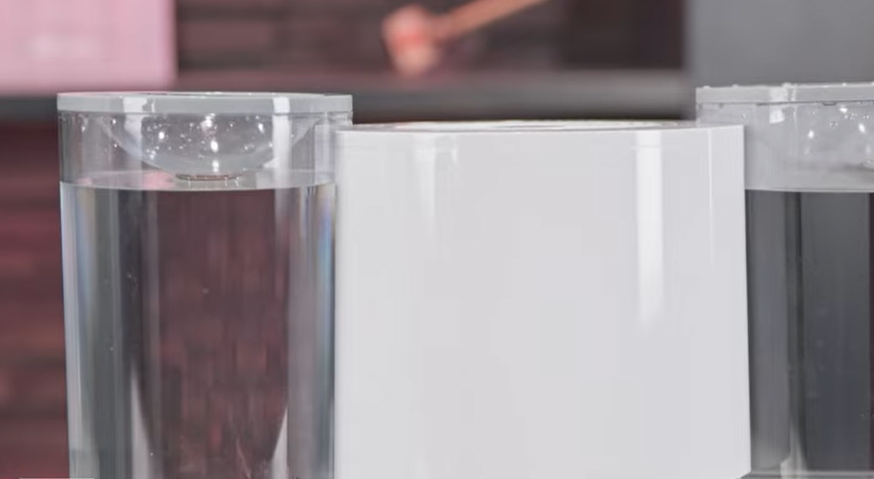
It’s essential to understand the difference between an air purifier and a humidifier, especially when deciding about air purifier adding water.
| Feature | Air Purifier | Humidifier |
|---|---|---|
| Main Function | Removes pollutants from the air | Adds moisture to the air |
| Water Usage | Typically no, except for evaporative types | Yes, essential for operation |
| Filter Type | HEPA, activated carbon, etc. | May have a filter, but mainly relies on water |
| Air Quality | Improves air cleanliness | Increases humidity, potentially improving respiratory health |
| Maintenance | Filter replacement, cleaning | Regular cleaning to prevent mold and bacteria |
The primary distinction is that an air purifier focuses on removing particles and pollutants, while a humidifier increases humidity.
So, Can I Put Water in My Air Purifier?
No, unless your air purifier is designed to use water. Check your user manual or the manufacturer’s website to confirm whether your specific model needs water.
Benefits of Air Purifiers That Use Water
While less common, air purifiers that use water offer specific advantages.
- Combined Air Purification and Humidification: Addresses both air quality and humidity levels.
- Natural Filtration: Water acts as a natural filter, trapping pollutants.
- Reduced Dryness: Helps alleviate dry skin, throat, and nasal passages, especially in dry climates.
Potential Downsides of Water-Based Air Purifiers
Water-based air purifiers also come with potential disadvantages.
- Maintenance: Requires frequent refilling and cleaning to prevent mold and bacteria growth.
- Effectiveness: May not be as effective at removing certain types of pollutants as HEPA filter-based air purifiers.
- Water Quality: The type of water used (tap vs. distilled) can impact performance and maintenance.
Maintaining Air Purifiers with Water
If your air purifier air purifier uses water, proper maintenance is critical.
Regular Cleaning
- Frequency: Clean the water tank and filters at least once a week, or more often if you notice any buildup or odors.
- Cleaning Solutions: Use a mild detergent or a solution of water and vinegar. Follow the manufacturer’s instructions.
- Disinfection: Periodically disinfect the water tank with a diluted bleach solution to kill bacteria and mold.
Water Quality
- Distilled Water: Using distilled water can help prevent mineral buildup and scale, extending the life of your unit.
- Tap Water: If using tap water, check the water hardness in your area. Hard water can lead to mineral deposits and reduce efficiency.
Filter Replacement
- Following Guidelines: Replace filters according to the manufacturer’s recommendations.
- Inspection: Regularly inspect filters for signs of wear, damage, or excessive buildup.
Air Purifier Water Filter: A Closer Look
Some air purifiers that use water also incorporate additional filters to enhance their performance.
- Pre-Filters: To capture larger particles before they reach the water or other filters.
- Anti-Bacterial Filters: To prevent the growth of bacteria and mold in the water tank.
- Specialized Filters: Some high-end models may include filters for specific pollutants, such as VOCs or allergens.
Air Purifier Water Cleaning: A Detailed Guide
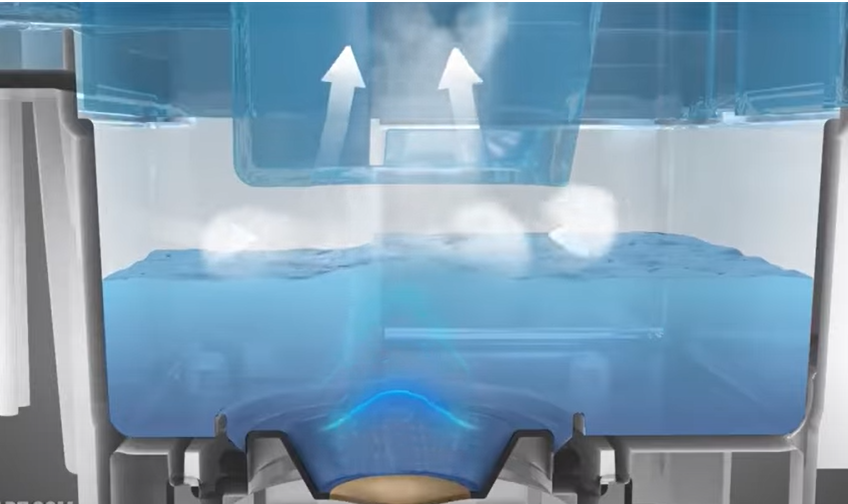
Here’s a step-by-step guide to properly cleaning an air purifier that uses water:
- Unplug the Unit: Always unplug the air purifier before cleaning.
- Empty the Water Tank: Remove and empty the water tank, discarding any remaining water.
- Wash the Tank: Wash the tank with warm soapy water. Use a soft brush to scrub away any buildup or residue.
- Disinfect the Tank: Prepare a diluted bleach solution (1 tablespoon of bleach per gallon of water). Pour the solution into the tank and let it sit for 30 minutes.
- Rinse Thoroughly: Rinse the tank thoroughly with clean water until all traces of bleach are gone.
- Clean the Filters: Remove any filters and clean them according to the manufacturer’s instructions. Some filters can be washed, while others need to be replaced.
- Dry All Parts: Allow all parts to air dry completely before reassembling the unit.
- Reassemble the Unit: Once everything is dry, reassemble the air purifier according to the manufacturer’s instructions.
- Refill with Water: Fill the water tank with clean, distilled water.
Choosing the Right Air Purifier for Your Needs
Consider these factors when choosing between a filter-based air purifier and one that uses water:
- Air Quality Concerns: If you primarily need to remove particles like dust, pollen, and pet dander, a HEPA filter-based air purifier is usually the best choice.
- Humidity Levels: If you live in a dry climate or suffer from dry skin or respiratory issues, a water-based air purifier or a humidifier combined with an air purifier may be beneficial.
- Maintenance Preferences: If you prefer a low-maintenance option, a HEPA filter-based air purifier is generally easier to maintain than a water-based model.
- Budget: Water-based air purifiers and combination units may have higher initial costs and ongoing maintenance expenses (e.g., replacement filters, distilled water).
Final Thoughts
Knowing whether your air purifier needs water is crucial for its proper functioning and longevity. Most air purifiers rely on dry filters, while some use water for air purification and humidification. Always consult your user manual and follow the manufacturer’s instructions to ensure you’re using your air purifier correctly. Whether you choose a traditional filter-based air purifier or one that uses water, maintaining good indoor air quality is essential for your health and well-being.
Frequently Asked Questions (FAQ)
Q: What happens if I accidentally put water in a filter-based air purifier?
A: Immediately unplug the unit and allow it to dry completely. Contact the manufacturer or a qualified technician for assistance, as water damage can ruin the electronics and filters. Do not attempt to turn it on until it is completely dry and has been inspected.
Q: Can I use tap water in my air purifier humidifier?
A: It’s generally recommended to use distilled water to prevent mineral buildup. If you must use tap water, clean the unit more frequently.
Q: How often should I clean my water-based air purifier?
A: At least once a week, or more often if you notice any buildup, odors, or discoloration.
Q: Are water-based air purifiers better than HEPA air purifiers?
A: It depends on your needs. HEPA air purifiers excel at removing particles, while water-based models offer both air purification and humidification. If you live in a dry area with low humidity, a water-based air purifier may be a better option. If you need superior particle removal, a HEPA filter-based unit is best.
Q: Where can I find the user manual for my air purifier?
A: The user manual typically comes with the unit. You can also often find a digital copy on the manufacturer’s website by searching for your specific model number.
My name is Carlos Gadd, and I am the creator of AirPurityGuide.com.. With a passion for footwear, I share my experiences, insights, and expertise about shoes. Through my blog, I aim to guide readers in making informed decisions, finding the perfect pair, and enhancing their footwear knowledge. Join me on this journey to explore everything about shoes!